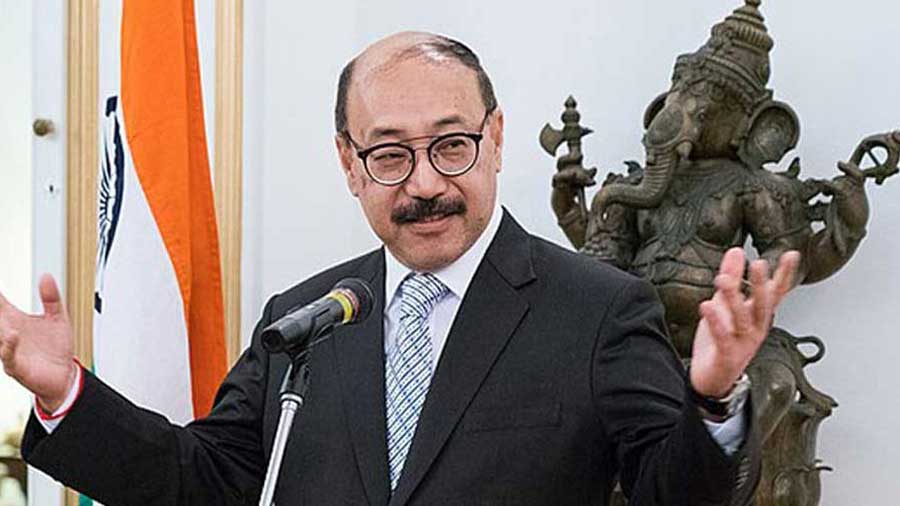Foreign secretary Harsh Vardhan Shringla will visit Nepal this week, raising hopes of an improvement in bilateral relations that have been strained since November 2019 when India issued a new map, which included Kalapani, an area claimed by both countries.
Though Shringla will be in Nepal for a two-day visit beginning Thursday, there is no word yet on whether a meeting of the foreign secretary level mechanism to deal with the boundary issue over Kalapani in Uttarakhand and Narsahi-Susta in Bihar has been scheduled.
According to the official announcement of the visit by the external affairs ministry, Shringla will meet his counterpart and other Nepalese dignitaries to discuss the wide-ranging bilateral cooperation between the two countries. “The visit is in keeping with the tradition of regular high-level exchanges between the two countries and the priority India attaches to its relations with Nepal.”
There was no mention of the irritants that have crept into the relationship, resulting in Nepal also issuing a new map this summer to include areas “occupied by India” — Limpiyadhura, Lipu Lekh and Kalapani — within its territory. India’s contention is that 98 per cent of the boundary between the two countries is demarcated and also initialled by the respective surveyors-general. All that remains to be decided upon is Kalapani and Narsahi-Susta. The Limpiyadhura claim, according to India, has been raised by Nepal after 200 years and all evidence disputes Kathmandu’s contention.
Nepal has over the past year sought a meeting of the boundary mechanism several times but India’s official stance has been that this dialogue can be held once the two countries have dealt with the pandemic.
In June, as Nepalese Prime Minister K.P. Sharma Oli played the nationalist card to the hilt to tide over problems within his own party, sources here had claimed that India had offered foreign secretary-level talk to Nepal by phone, videoconference with delegations and also an exchange of visits before Kathmandu moved the constitutional amendment to change the country’s emblem to reflect the new map.
Nepal contested this claim and called it “white lies”. Through the summer months, Oli kept his guns trained on India, accusing India of trying to oust him and also claiming that Ram was a Nepali. In both instances, there was backtracking by Nepal with Oli’s party colleagues criticising him for jeopardising relations with India with such claims as the Indian embassy being used to hatch plots against him, and the foreign ministry clarifying that he was not trying to appropriate Lord Ram but calling for research on the “vast cultural geography the Ramayana represents”.
A truce of sorts has been in place since August 15 when the two Prime Ministers had a telephonic conversation and a concerted effort at pressing the reset button has been on over the past few weeks with army chief General M.M. Naravane visiting Nepal earlier this month.











